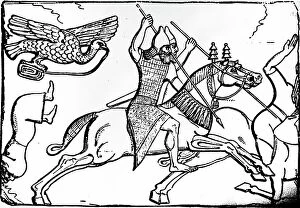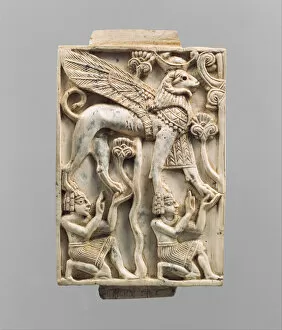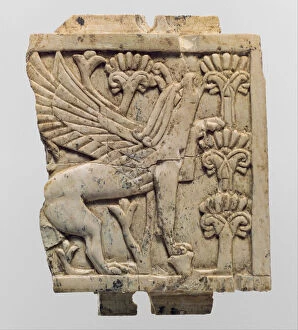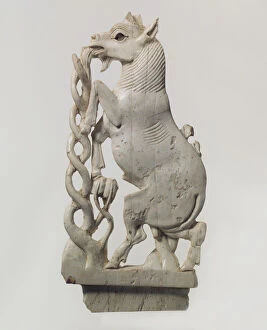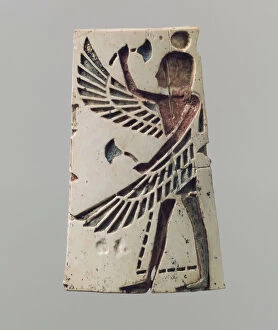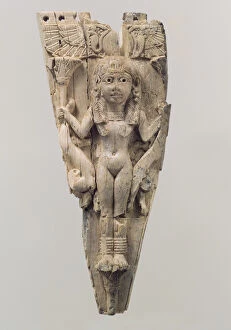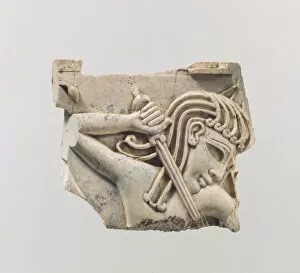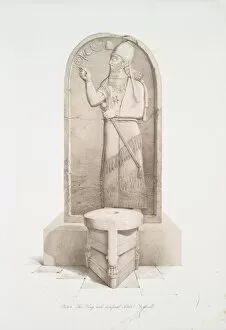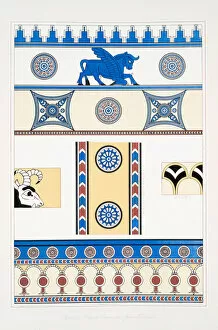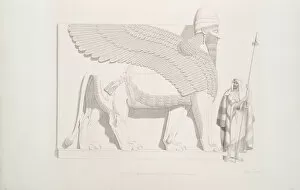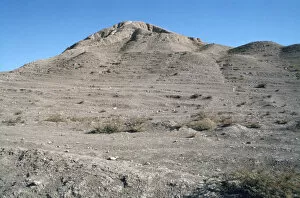Kalhu Collection
"Discover the Ancient Artistry of Kalhu: A Journey through Assyrian Treasures" Step back in time and immerse yourself in the captivating world of Kalhu
All Professionally Made to Order for Quick Shipping
"Discover the Ancient Artistry of Kalhu: A Journey through Assyrian Treasures" Step back in time and immerse yourself in the captivating world of Kalhu, an ancient city that thrived during the 9th-8th century B. C. Delve into its rich history as we explore a myriad of exquisite artifacts that showcase the artistic brilliance of this once-great civilization. Behold the intricate openwork plaque adorned with a majestic striding sphinx, crafted from delicate ivory. Marvel at its detailed craftsmanship, a testament to the skill and precision of Assyrian artisans. Next, gaze upon an enchanting piece of Assyrian decoration from 1898, created by an unknown artist. This mesmerizing artwork transports us to another era, where kings ruled with grandeur and opulence. Speaking of kings, let us not forget Ashurnasirpal II - an influential figure who left his mark on Kalhu's legacy. Admire his statue standing tall and proud; it exudes power and authority befitting a ruler of his stature. As we venture further into this ancient realm, our eyes are drawn to a remarkable statue depicting a winged lion with a human head. Nimrud comes alive through this sculpture - symbolic yet awe-inspiring in its representation. King Shamshi-Adad V also takes center stage in our exploration. His presence is felt through relics like furniture plaques carved in relief; one showcases him grasping onto a tree while emanating strength and wisdom. The painted bricks discovered at Nimroud offer glimpses into everyday life within these ancient walls. The lithograph captures their vibrant colors and intricate patterns – remnants frozen in time for us to marvel at today. Neo-Assyrian art reveals itself through gypsum alabaster relief panels showcasing scenes from royal courts or religious ceremonies – each stroke telling stories etched deep within history's tapestry. Another striking relief panel portrays both king and eunuch, a testament to the diverse roles within Assyrian society.


